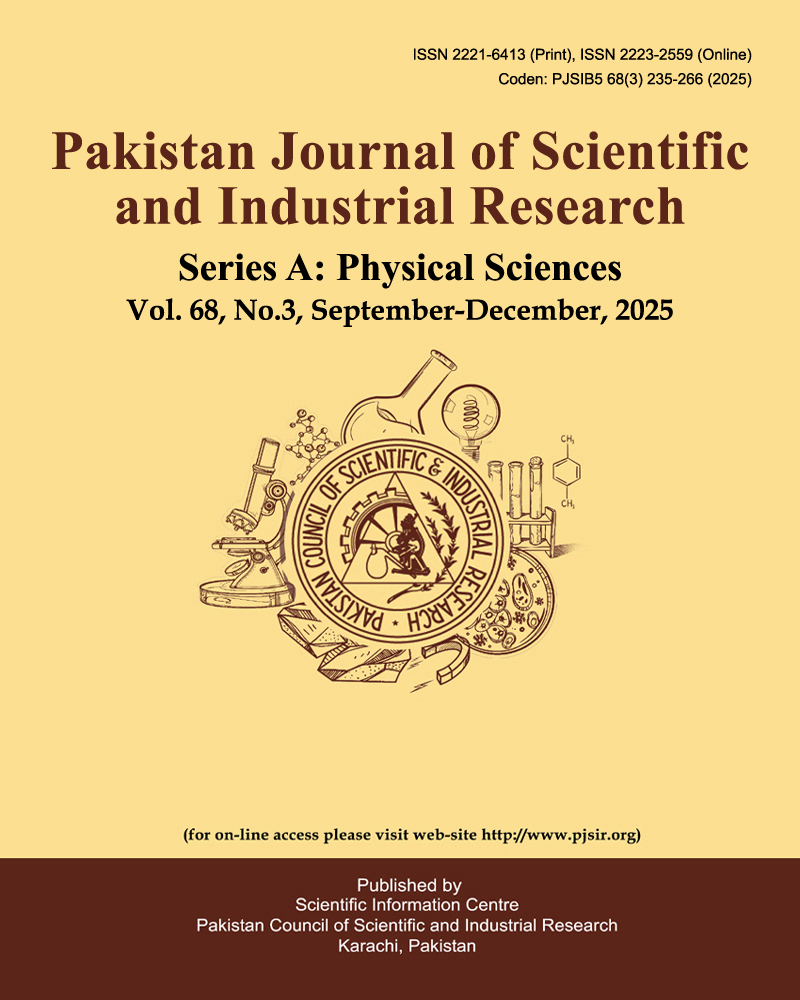Predictive Designation and construction of a Darsonval Device for Investigating Chemical Properties of DBD Plasma-Activated Sodium Chloride
Effect of Plasma Treatment on NaCl
Abstract
This study investigates the effect of plasma treatment on a NaCl solution using a darsonval corona device. Absorption spectroscopy was used to detect the spectra of the NaCl solution and after treating the solution with plasma for 5 ms a wavelength range between 200 and 290 nm was observed, with a small shoulder around 220 nm. The disappearance of the Cl- peak and the emergence of a new peak around the HOCl wavelength indicate that plasma treatment induces significant chemical changes in the NaCl solution. The formation of hydroxyl radicals (OH-) during plasma treatment suggests that these reactive species play a crucial role in the oxidative processes occurring in the solution. Additionally, the presence of nitrite and nitrate ions in the treated solution suggests that plasma treatment enhances the production of these reactive species, leading to their increased presence in the solution. These results provide valuable insights into the mechanisms of plasma-induced chemical reactions and highlight the potential applications of plasma technology in water treatment and chemical synthesis.


